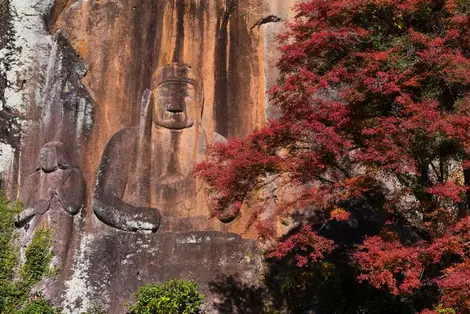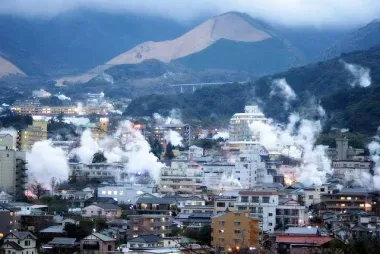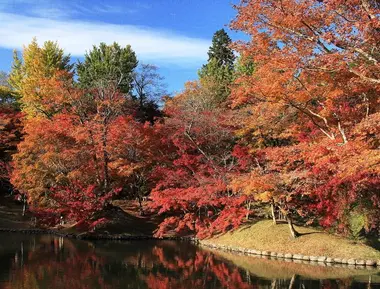Oku Bungo Olle 奥豊後 オルレ
The paths of Oita
For more than 10 years, the Korean island of Jeju, located in the southwest of the peninsula, has organized great hiking tours all along the island. In the local dialect, “Olle” means “the lane that connects the street and the house”. The concept took root in other countries, such as the island of Kyûshû. Discover the Oku Bungo Olle!
An eye on Oita
The Kyushu region offers a total of 15 Olle -type trails, i.e. fairly short hikes through nature. Oita Prefecture, a territory located in the northeast of the island and famous for onsen in the city of Beppu organizes three of them, namely: the Beppu Olle, the Kokonoe Yamanami Olle, as well as the Oku Bungo Olle . The latter takes place in the south of the prefecture on a course of 12 kilometers and includes 7 stages mixing natural landscapes with historical sites .
Read also: Jigoku meguri, the district of the underworld
Between nature and culture
The Oku Bungo Olle program adapts to all hikers' tastes. Thus, after leaving Asaji station, two kilometers of steps will suffice to reach Yujaku Park , where nature lovers can breathe in the air that crosses some 500 maple trees planted around two ponds . During the same trip, they can also admire the large pillar-shaped rocks planted in the middle of the bed of the Sokawa River. Culture lovers can discover the local wealth, admiring the Buddha of the Fuko-ji temple of more 11 meters, carved into the facade of a cliff .
Read also: Visit Usuki
Along the way, they can then admire the ruins of Oka Castle, built in 1185 by one of Japan's most famous samurai, Yoshitsune Minamoto , as well as the feudal town that stretches out at the foot of the ruins. Fans of flowering trees or Japanese culture, all hikers will end the journey in the Taketa Onsen Hanamizuki, equipped with an open bath, a family bath and a sauna. What could be better than a dive in warm water to relax after a long walk?
A colorful hike
The OkuBungo Olle offers different colors depending on the season in which you walk there. The season most popular with visitors is autumn , in order to take advantage of the flamboyant colors of the maple trees which make all the salt of the “ momijigari ” (“maple leaf hunt”) . Spring and its sakura are obviously a particularly interesting time to go there. As for the traveler who wants a little more solitude, he won't make a bad choice with the month of June, the time of year when hydrangeas bloom on the side of Fuko-ji temple .
Address, timetable & access
Address
Phone
Association touristique de Bungo Ono : +81 (0)974-22-2616Timetable
From JR Hakata Station in Fukuoka, take "limited express midori" train to JR Oita Station - Change to "Hohi Main Line Local Train" to JR Asaji Station




















